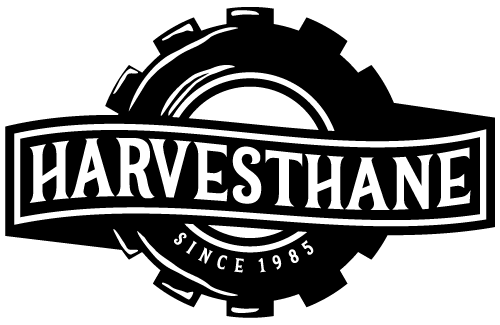Surface finish on plastic injection molded parts serves both functional and aesthetic purposes. The texture or pattern of a part helps determine its look, feel, and performance. From facilitating improved strength and masking imperfections, to bettering a product’s non-slip qualities and ability to withstand fingerprint smudges, surface finish is a key consideration in designing a product.
All plastic injection molded parts have a default surface texture that is produced by the tools that created them. As options for surface finishes on completed products become more complex and more sophisticated, product developers and engineers must still ensure that patterns or textures can be applied in a repeatable and controlled manner. To be well-positioned for achieving the expected results, a few primary methods for surface finish control are used on the molding tools themselves: sanding & polishing, media blasting, spark erosion, laser etching, and chemical photoetching.
Skilled technicians accomplish sanding and polishing by hand, using a variety of rotary tools, sandpapers, diamond burrs, files, or other abrasives. Resulting textures can span a range from reflective to coarsely grained surfaces. Also, hand polishing does not yield a noticeable cosmetic design or a particular recurring pattern; rather, the polishing effect is global. Although sanding does require a level of artisanry, specialists can be limited due to the inaccessibility of very thin sections or deep pockets. Additionally, extra attention must be given to maintaining (and not excessively altering) the mold’s dimensional tolerances.
In media blasting, various types of wet or dry abrasive media—including silica, aluminum oxide, plastic or glass beads, and walnut shells—are sprayed by high-pressure air against the wall of the tool. This approach imparts a uniform finish, either satin or matte, and also cleans the tool. The final finished look is determined by adjusting each individual variable: type of media used, air pressure, air volume, and spray pattern. Besides being fast and inexpensive, blasting consumes little raw material. Also, it can be controlled by skilled operators such that areas of differing finishes or textures can meet with no overlay.
Using electrical discharges to create specific shapes, spark erosion—also known as EDM, or Electrical Discharge Machining—begins with the placement of a copper or graphite electrode in an electrolytic bath of oil or water. After reaching a threshold current, the electrode sparks against the tool wall, melting the target before it is instantly extinguished by the oil or water. Due to the created thermal shock, the metal fragments into diminutive particles that are flushed away. While the process involves multiple steps, they all occur in a fraction of a second. Spark erosion boasts several benefits, including:
- Works on both hard and soft metals
- Produces very tight tolerances
- Creates features that are difficult to machine conventionally (such as sharp concave corners, deep thin slots, debossed lettering)
- Achieves a very fine and smooth finish, eliminating the need for hand polishing, which is more expensive and time-consuming
By combining two technologies, laser etching can map curved surfaces with nearly any texture. First, 3-D computer modeling allows designers to align a texture map with a shape’s contours, preserving a design’s geometry with complex algorithms. Second, 5-axis motion control supports lasers in accurately tracking over surface topology, while still accessing undercuts or other out-of-sight spots. Laser etching is the most expensive method and also requires a time commitment so that necessary 3-D CAD models can be created. But for the most demanding applications, and in instances where big forms require pattern consistency over longer lengths (such as automotive dashboards), laser etching will most successfully accomplish the job.
While chemical photoetching entails a number of consecutive phases, the process is fast and cost-effective. To begin, a wall of the tool is coated with a light-sensitive chemical, called photoresist. Using a UV light, the chosen pattern is projected onto the surface of the tool, which cures the areas touched by the light. Any remaining photoresist is washed away, which leaves behind a film mask. Finally, the unprotected areas on the mold are etched away in an acid bath, resulting in the requested texture. This procedure should be carefully monitored, to take into account the design’s complexity, the type of base metal, and the depth of surface permeation caused by the acid. Chemical photoetching can produce very fine textures for almost any look, from abstract geometrical designs to imitations of wood grain or stone. Unlike laser etching, however, chemical photoetching does not work on undercuts or areas with a blocked optical line of sight. And when applied to large, curved surface areas, the pattern can become geometrically distorted.
Access more articles in our Plastic Knowledge Center.



